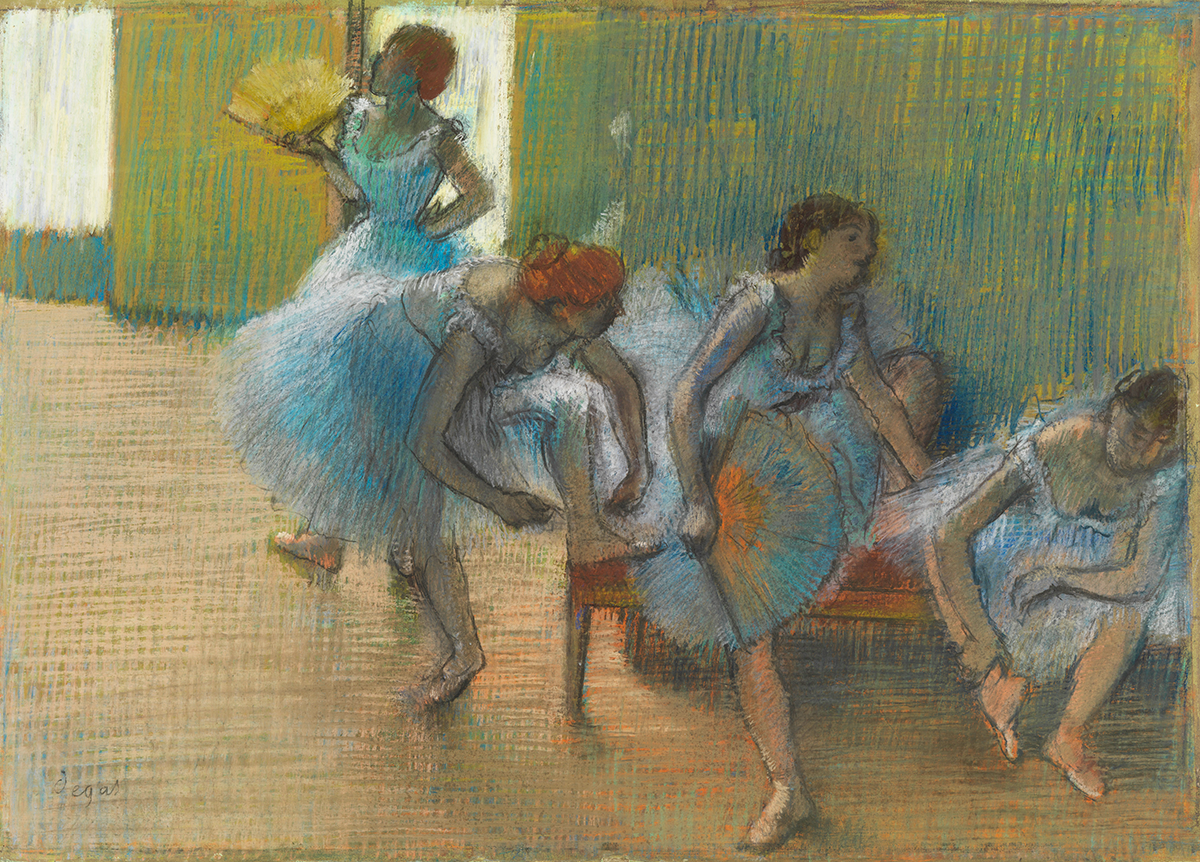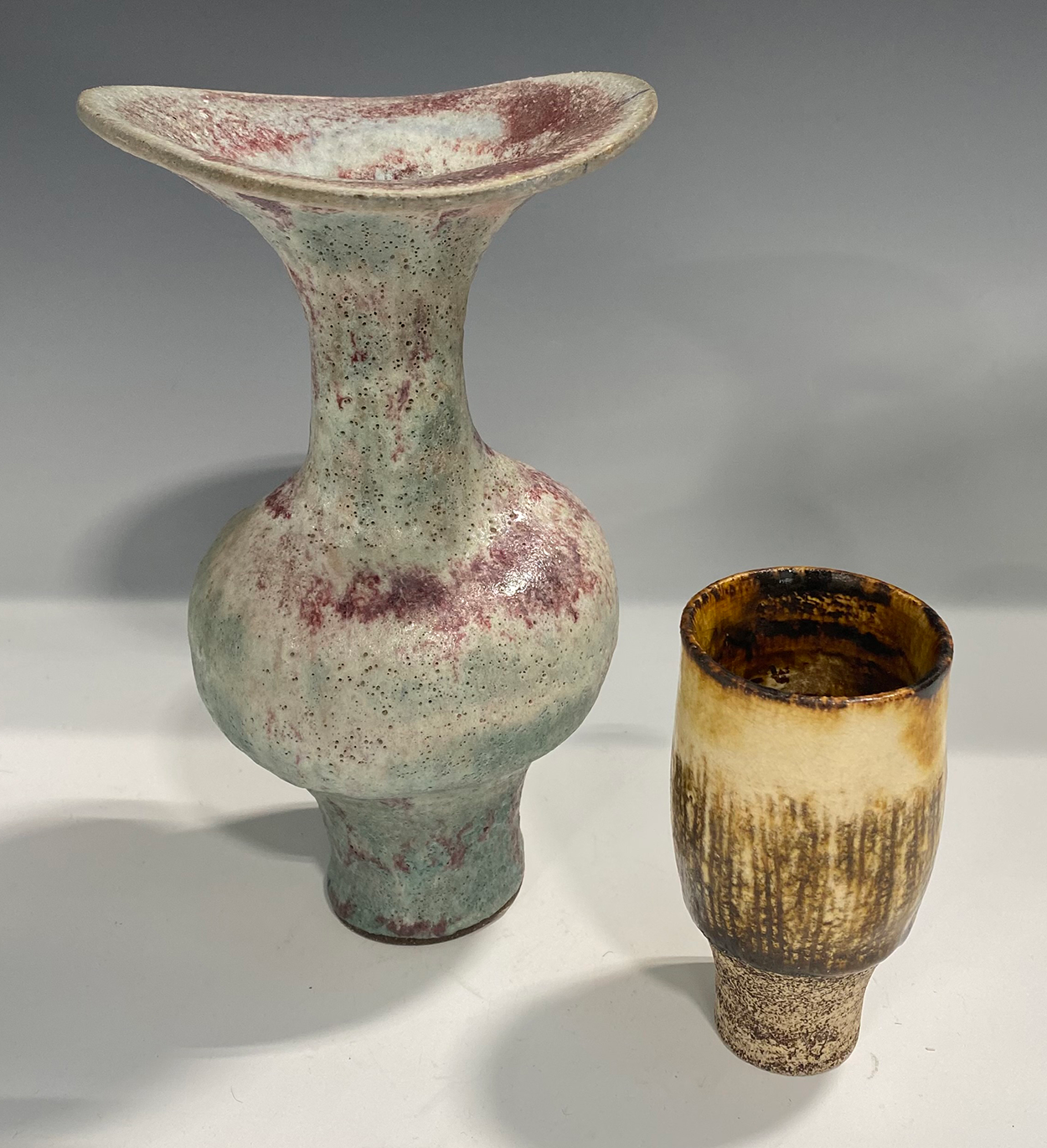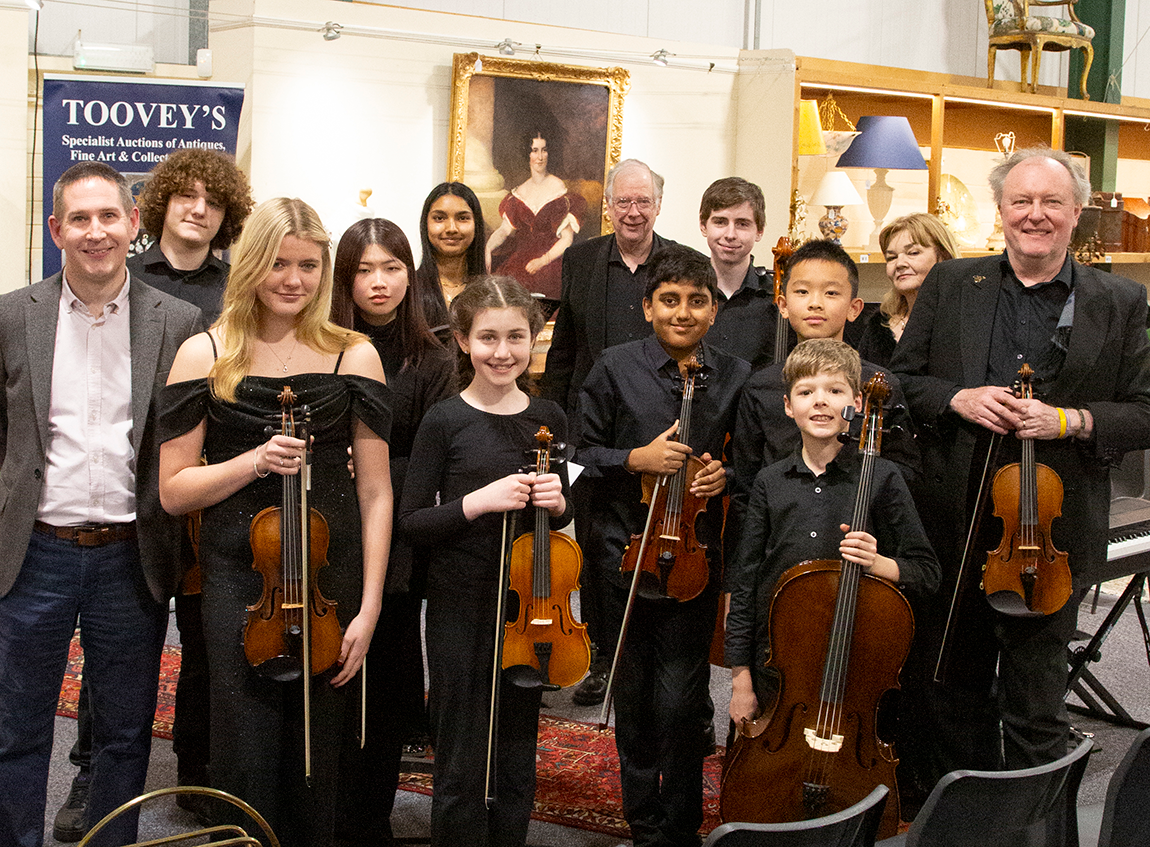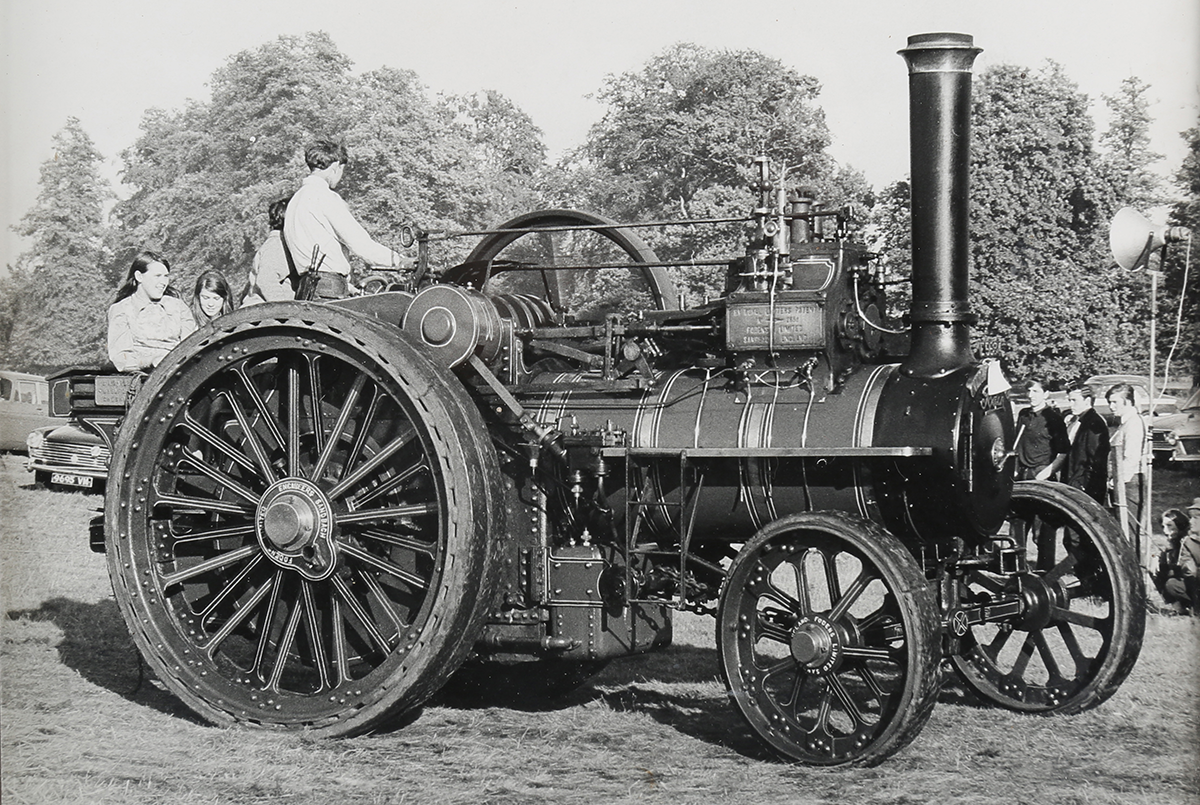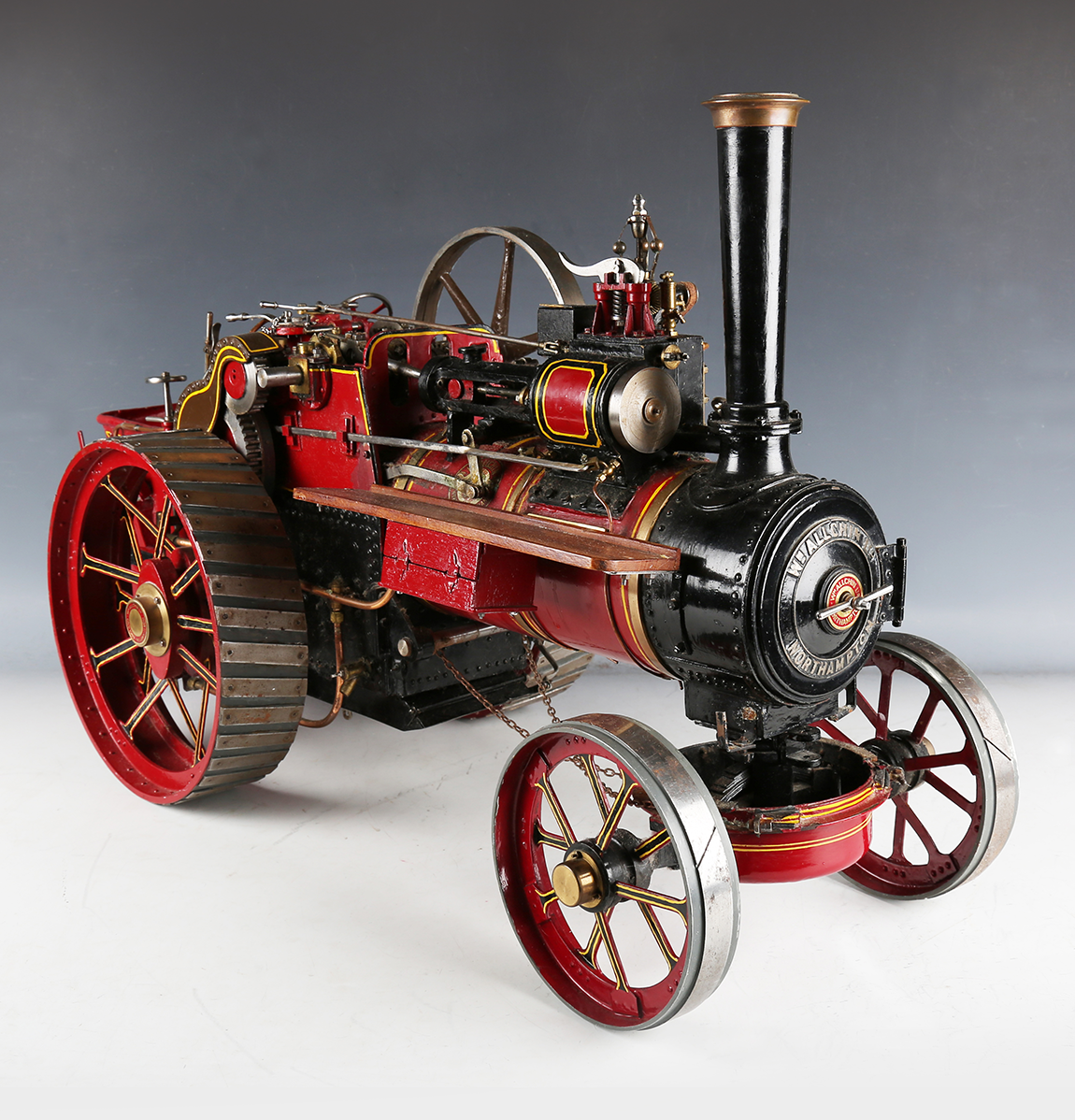
The Sussex based international artist David Shepherd, CBE, FRSA, FGRA (1931-2017) is still celebrated for his painting and work as an outspoken conservationist. One of the most popular and gifted realist artists of his generation he was famous for his paintings of wildlife and steam locomotives.
David travelled to Kenya in 1949 where he encountering Africa and its wildlife. After failing to become a game warden he returned to London intent on becoming an artist only to be rejected by the Slade. The artist Robert Goodwin took the young David Shepherd under his wing and taught him to paint.
I met David at numerous charitable events across the county over the years and we discovered that we were both Fellows of the Royal Society of Arts and shared a passion for nature and steam locomotives. Despite owning several steam locomotives David was always very encouraging of my daughter and I’s humble model railway which has lift-off landscape so it can be neatly stored. And this was the measure of a man who took great interest in others and the world he lived in. Outward facing and passionate he stood in defence of the natural world and particularly the African and Asian wildlife he captured so beautifully in his paintings.
Tigers feature prominently in his art. The Siberian Tiger painted by David on a small canvas in 2000 captures the nobility of this critically endangered species which is only found in Northeast China and the Russian Far East. The play of light on the undergrowth and fur accentuates the life and movement in the scene. There is an intensity to the tiger’s piercing gaze, alert to the world it inhabits. It sold at Toovey’s for £10,000.
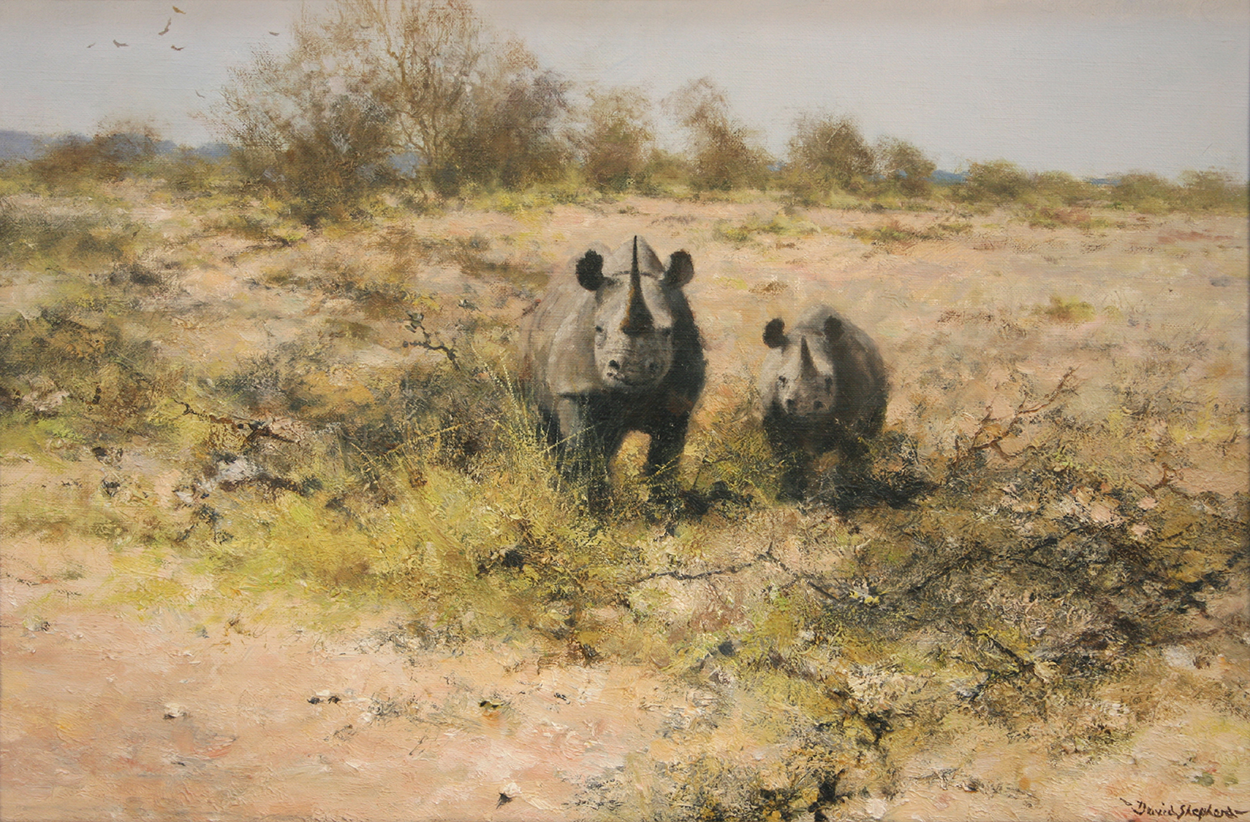
Namibia, like so many African countries, is constantly engaged in the defence of its black rhinos against illegal poaching. The country is home to more than a third of Africa’s black rhinos. David Shepherd captures the rare sight of two black rhinos together on the African savannah in his small oil Rhinos in Namibia. The rhinos appear to be moving towards us through the sun-baked sparsely wooded grassland. The heat, light and movement is once again stunningly captured. The painting also sold at Toovey’s for £9000.
David’s love of these wild animals is apparent not only in his painting but also in the work of the David Shepherd Wildlife Foundation which he founded in 1984 to champion endangered wildlife and their habitats across Africa and Asia.
